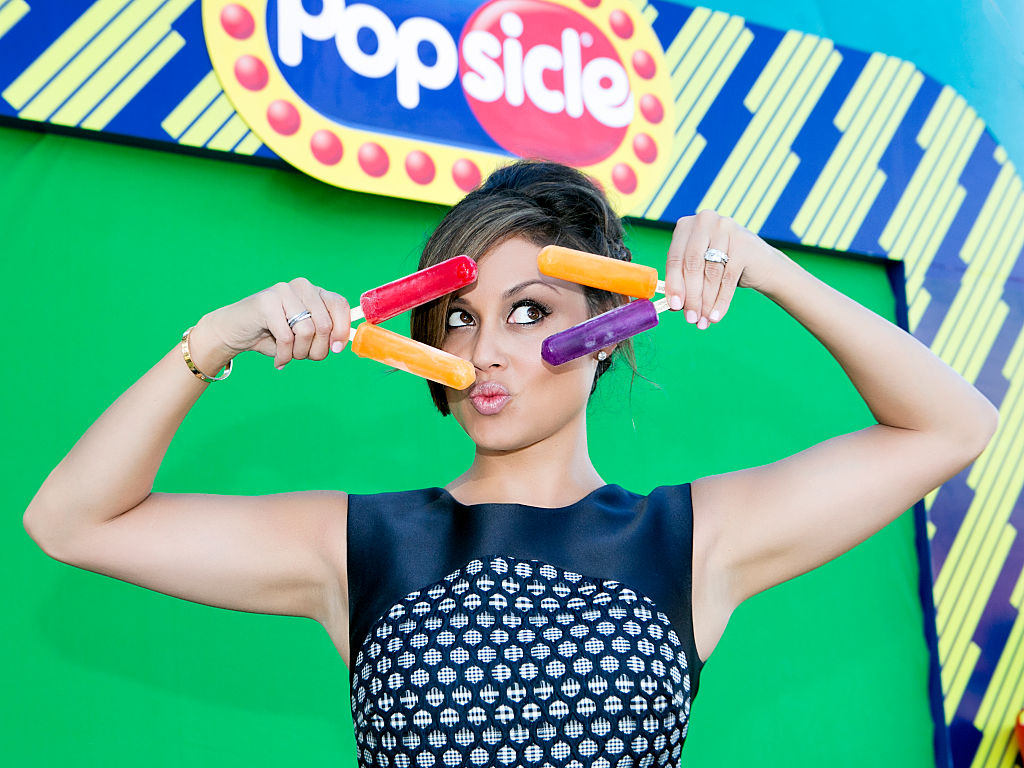- Google, Taser, and Xerox are all examples of brand names that have become generic words for a type of product.
- The process is known as genericization, and in some cases, it can result in companies losing their trademark.
- Escalator and kerosene are some lesser-known examples of brand names that have turned into ordinary words.
Sometimes there is a downside to being successful.
In the corporate world, if a company’s product is popular enough, it risks something called genericization, which is when the public associates the brand name with the generic class of product itself.
That’s the fate that befell Kleenex. Although Kleenex is a registered trademark of Kimberly-Clark Corporation, for many consumers, the word has become interchangeable with “tissue.”
Other brand names that have fallen victim to genericization include Google, Taser, and Xerox. Even common words like kerosene and escalator were once trademarked.
We've compiled a list of 34 famous brands that have become genericized, either formally or informally. While all of them have been trademarked at some point in their histories, a few of them have actually lost legal protection due to their name's widespread popularity.
Bubble wrap

Introduced in: 1960
Company: Sealed Air Corporation
What it's supposed to be called: Air bubble packaging
Bubble Wrap, in all its poppable glory, was originally called Air Cap. Its inventors first tried to market it as wallpaper, and later as greenhouse insulation. A few years later, it started being used as packaging material, and became popular after it started being used as packaging for IBM computers.
Dumpster
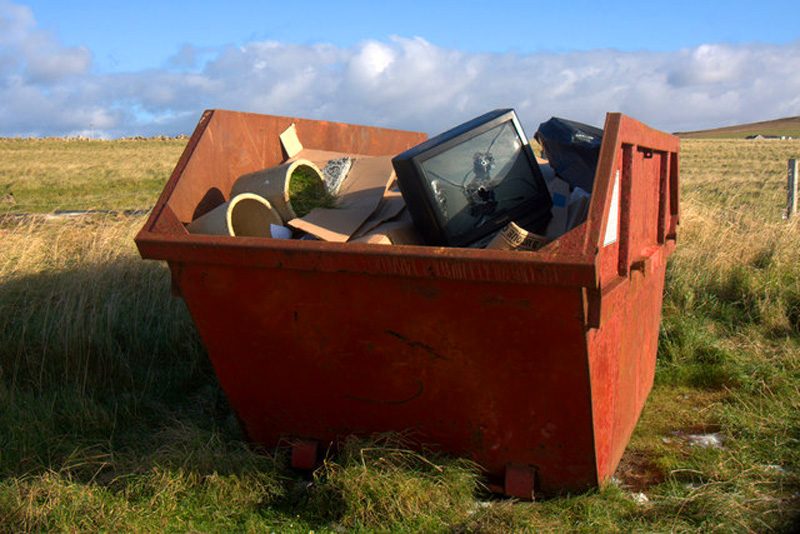
Introduced in: 1936
Company: Dempster Brothers
What it's supposed to be called: Mobile garbage bin
In a mashup of 'Dempster' and 'dump', Dumpster came into being as a mechanical loading system. The term didn't become popular until the company came up with the Dempter Dumpmaster, which was the first front-loading garbage truck that used the system. Unfortunately for the Dempsters, the trademarks on Dumpster have now expired, and it's used to refer to any mobile garbage bin.
Kleenex

Introduced in: 1924
Company: Kimberly-Clark
What its supposed to be called: Tissue, disposable handkerchief
The Kleenex tissue was initially marketed as a substitute for face towels, and was touted by Ladies' Home Journal as "the new secret of keeping a pretty skin as used by famous movie stars." Once it was re-branded as a handkerchief substitute, sales skyrocketed.
Eventually, Kleenex became a victim of its own success: its product was so popular that "Kleenex" became interchangeable with tissues in general.
Escalator

Introduced in: 1900
Company: Otis
What it's supposed to be called: Conveyor transport device, moving stairway
The term became part of the public vernacular when Otis lost a landmark trademark case over the rights to "escalator" in 1950. The loss of the brand name was partly the company's own fault - it was ruled that Otis had used the term "escalator" generically in its own advertising.
Thermos

Introduced in: 1904
Company: Thermos, LLC.
What it's supposed to be called: Vacuum flask
Thermos, LLC is big on temperature control. Its mantra, "Hot matters. Cold matters. It matters.," has apparently resonated with consumers who enjoy their lunches at a certain temperature, as the Thermos has withstood the test of time.
It lost its trademark when the term was declared generic in 1963.
Chapstick
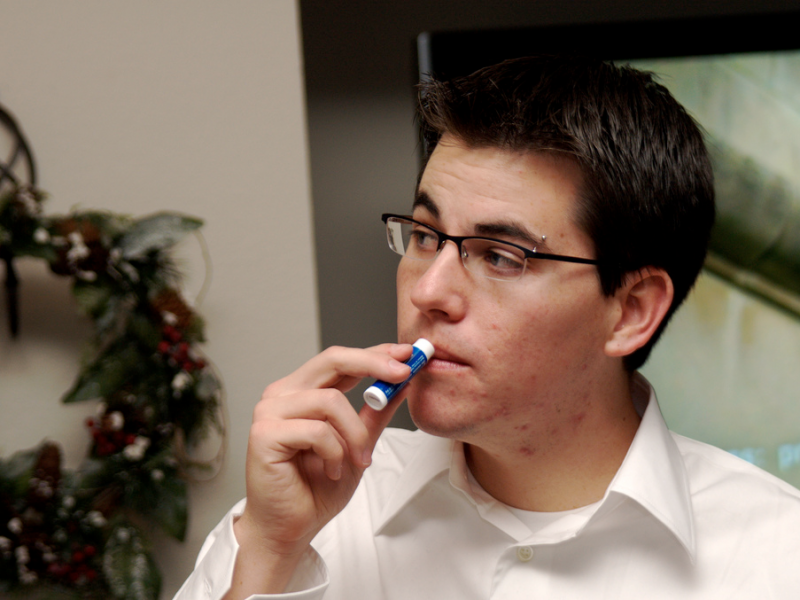
Introduced in: 1912
Company: Morton Manufacturing Company
What it's supposed to be called: Lip balm
ChapStick is so popular that there are a number of websites devoted to "chapstick addiction." Pfizer still has a registered trademark on this iconic product, yet the brand has become a genericized trademark over time.
Frisbee

Introduced in: 1957
Company: Wham-O
What it's supposed to be called: Flying disc
The frisbee, the college campus and beach day staple, has been trademarked by toy manufacturing giant Wham-O. The name derives from the Frisbie Baking Company in Connecticut - the company supplied pies to Yale University, where students discovered that throwing the plastic pie tins was a fun form of entertainment.
Sports that evolved out of the pastime, such as ultimate and disc golf, conspicuously don't use "frisbee" in their names.
Popsicle
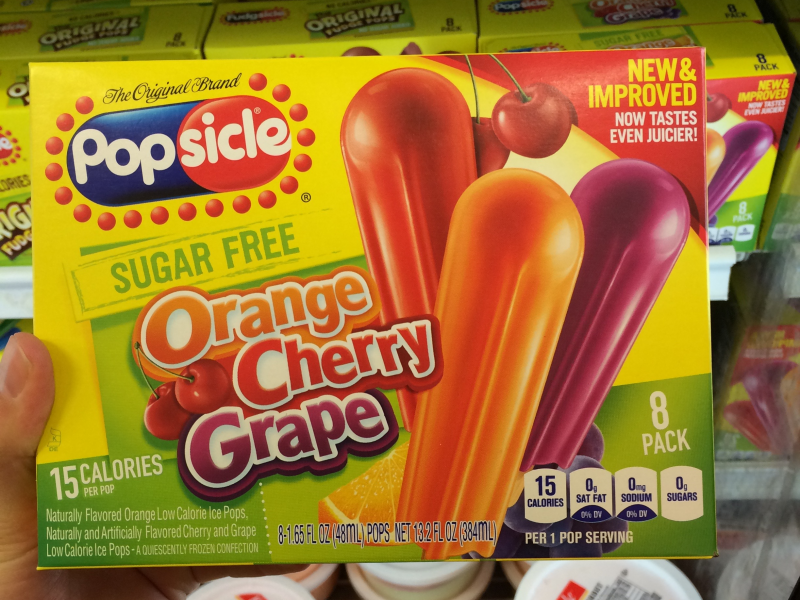
Introduced in: 1905
Company: Frank Epperson, later the Joe Lowe Company of New York
What it's supposed to be called: Frozen ice treat on a stick
The legendary birth of the popsicle (Epperson left a syrupy drink outside in the cold overnight) gave way to a beloved American frozen treat, and later on, a number of copyright wars.
Today, the brand Popsicle is trademarked by Unilever, who makes it clear on its website that Popsicle is "NOT a name for just any frozen pop on a stick."
Laundromat
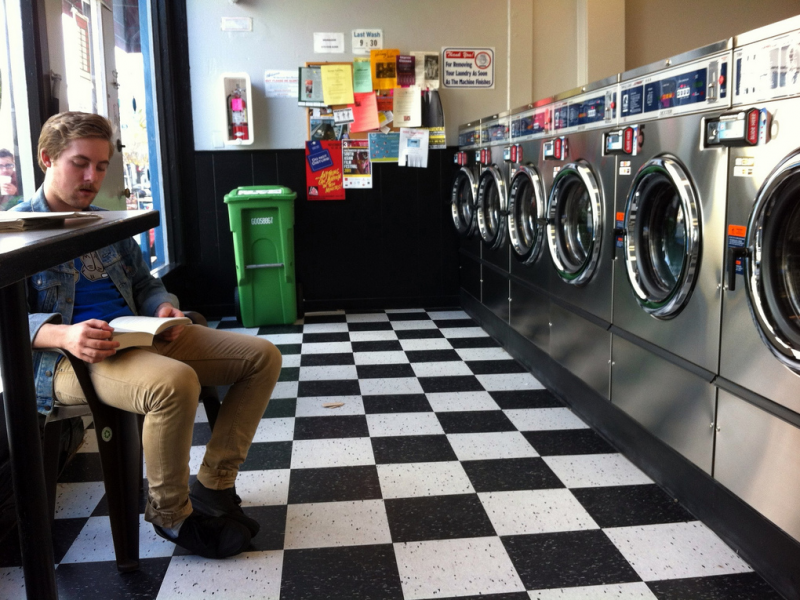
Introduced in: 1940
Company: Westinghouse Electric Corporation
What it's supposed to be called: Coin laundry shop
The Laundromat brand was first a wall-mounted automatic washing machine, created by legendary electrical company Westinghouse. In the 1950s it was also registered as coin laundry.
The trademark has since been genericized, and laundry shops across the world use it.
Jumbotron

Introduced in: 1985
Company: Sony
What it's supposed to be called: Large-screen television
JumboTron is one the biggest non-projection video displays ever made. It originally was a multi-module CRT wall, but it has since adopted LED technology. Commentators and fans alike often call all arena big screens jumbotrons, even though Sony still has the trademark.
Taser
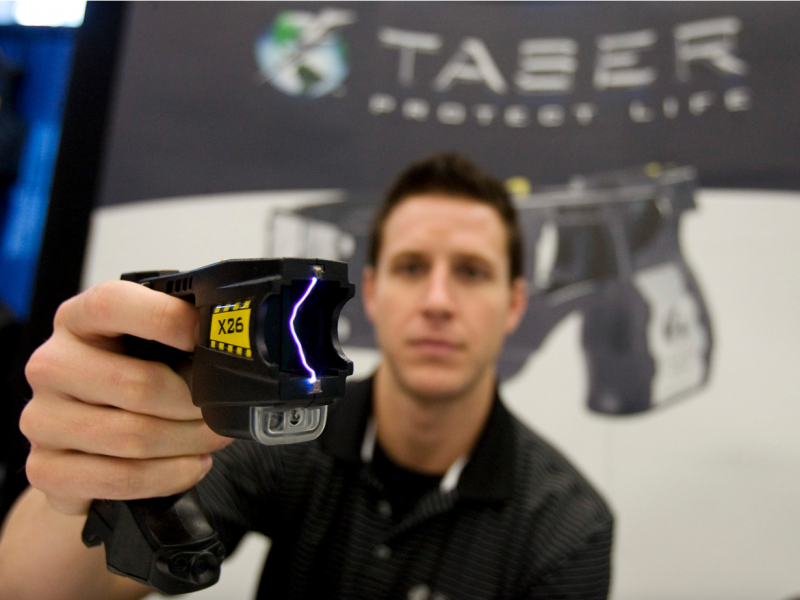
Introduced in: 1974
Company: Jack Cover, then Taser International, Inc.
What it's supposed to be called: Stun gun
Tasers have revolutionized policing, and have saved countless lives by giving officers a tool that deploys non-lethal force. According to CBS' "60 Minutes," the Taser is now used by 16,000 law enforcement agencies in the U.S. and is trademarked by Taser International.
Zamboni
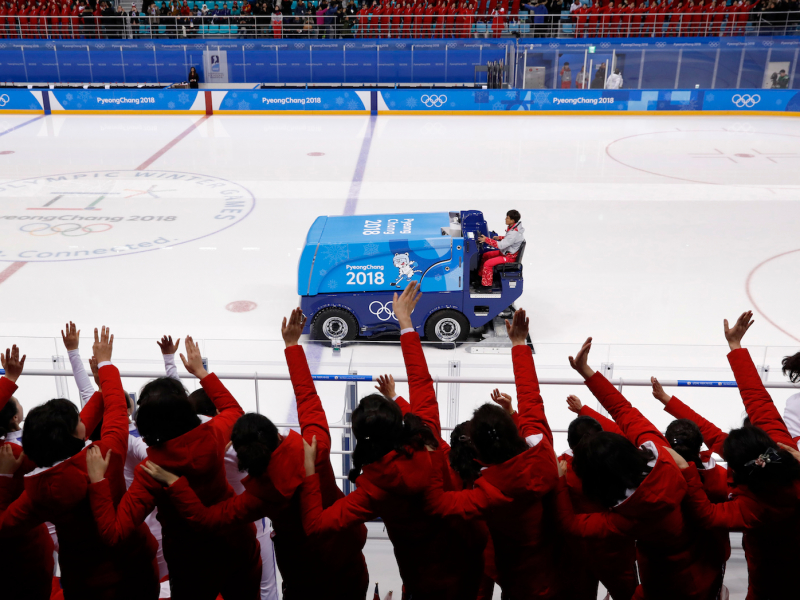
Introduced in: 1953
Company: Frank J. Zamboni & Co.
What its supposed to be called: Ice resurfacer
Anyone who's been to a hockey game is familiar with the Zamboni, the vehicle that glides around the rink between periods, washing the ice and clearing it of any shavings, scratches, and imperfections.
The vehicle is the brainchild of Frank Zamboni, and although other companies have imitated his groundbreaking machine, Zamboni remains by far the most popular example.
Aspirin

Introduced in: 1897
Company: Bayer Healthcare, LLC.
What it's supposed to be called: Blood-thinning drug, acetylsalicylic acid
Aspirin has a number of properties that has kept it relevant more than 100 years after its invention; it is still used to combat arthritis, reduce fever and menstrual cramps, alleviate toothaches and muscle aches, and thwart blood clotting.
Interestingly, as part of the Treaty of Versailles, Bayer was forced to give up its trademark on Aspirin when Germany was defeated in World War I.
Yo-yo
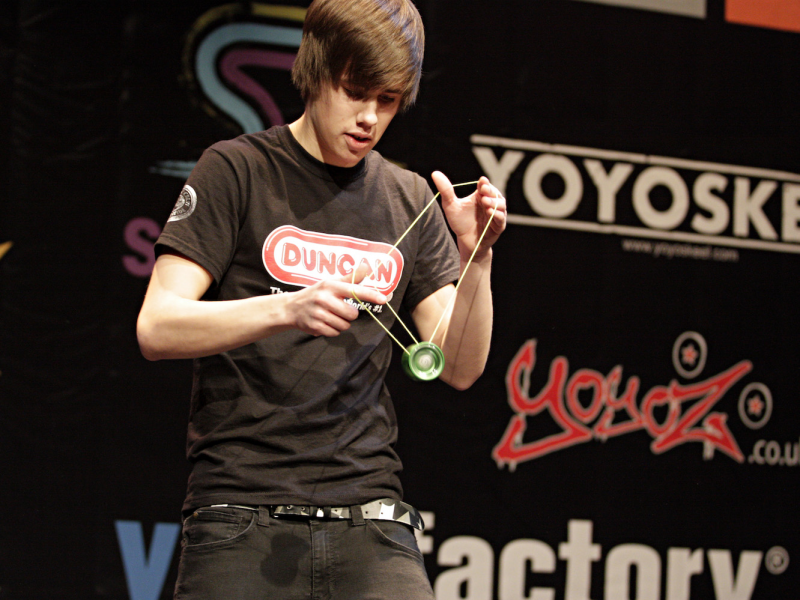
Introduced in: 1929
Company: Duncan
What it's supposed to be called: Toy on a string
With its slogan "if it's not a Duncan, it's not a yo-yo," Duncan tried to make it clear to the rest of the world that they were the titan and sole keeper of the beloved yo-yo. It was deemed generic in the US in 1965.
Kerosene

Introduced in: 1854
Company: Abraham Gesner (inventor)
What it's supposed to be called: Combustible hydrocarbon liquid, paraffin (UK)
Kerosene is still a critical source of energy for the world's poorest denizens, who lack access to electricity. This gas is used for space heaters and jet fuel, but has been vilified by environmentalists for its carbon emissions.
The name was eventually genericized, so it's no longer protected.
TV Dinner
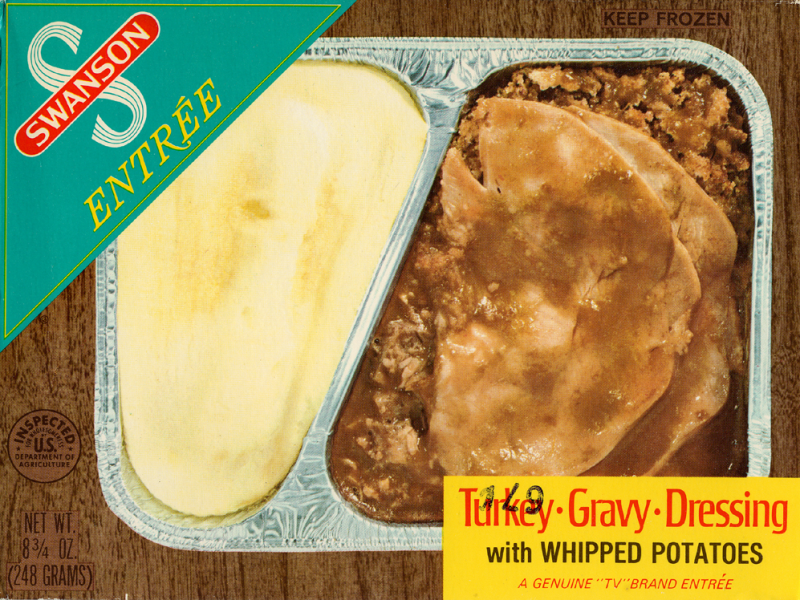
Introduced in: 1954
Company: C.A. Swanson and Sons
What it's supposed to be called: Frozen meal
The bane of nutritionists and traditionalists, the "TV Dinner" was popularized by C.A. Swanson and Sons and was thought to be the cultural demise of post-war America. The original brand was called "TV Brand Frozen Dinner."
Today, the term "TV Dinner" is unprotected, and refers to ready-made meals in the frozen food aisle à la Lean Cuisine.
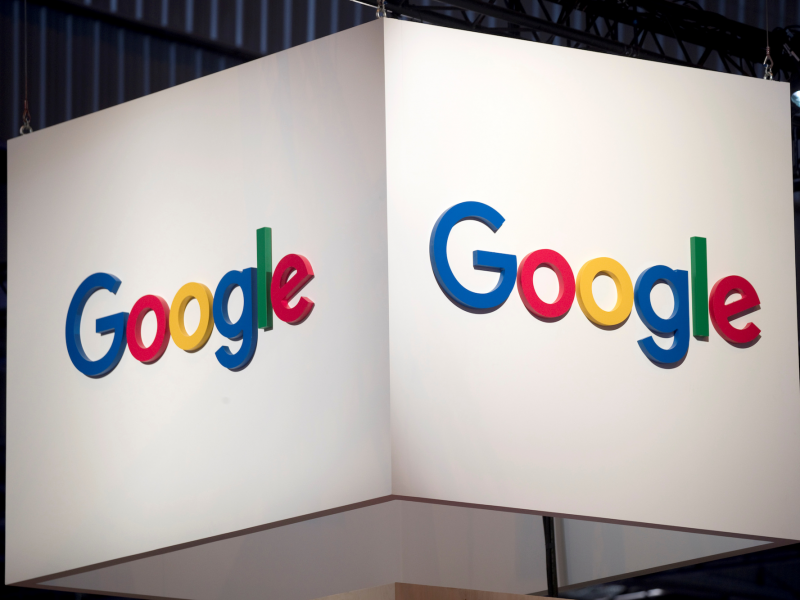
Introduced in: 1998
Company: Google
What its supposed to be called: search engine, searching the internet (as a verb)
Google's meteoric rise to search-engine dominance inevitably led to to its name turning into a verb: Today, people use "google" to mean to look up on the internet, regardless of which search engine is used.
Despite the ubiquity of the term, a federal court ruled against a man who tried to strip Google of its trademark after he registered hundreds of sites with names like "GoogleDisney.com" and "GoogleBarackObama.com." The ruling signaled that companies can still protect their trademarks even after they turn into generic verbs.
Jacuzzi

Introduced in: 1956
Company: Jacuzzi
What it's supposed to be called: Hot tub
Little did the Jacuzzi brothers know that their tub equipped with a hydrotherapy pump, created to relieve a family member's rheumatoid arthritis symptoms, would revolutionize relaxation.
Who knew that Jacuzzi also manufactures showers and toilets?
Photoshop

Introduced in: 1990
Company: Adobe Systems
What its supposed to be called: Photo-manipulation software
Adobe is fighting tooth and nail to keep "Photoshop" from becoming a generic term for any photo-manipulation software. On its website, it discourages users from using "Photoshop" as a verb and from referring to an edited image as "a photoshop."
The company offers some alternative, albeit clunky ways to get around the problem: "The image was enhanced using Adobe Photoshop software," reads one example.
Jeep

Introduced in: 1940
Company: American Bantam Car Company
What it's supposed to be called: Sport utility vehicle
Though Chrysler was not the creator of the Jeep, they have gone to great advertising lengths to ensure no other sport utility vehicle is masquerading as a 4x4.
In one of its rugged, off-road advertisements, Chrysler says that it's a good thing Jeep is trademarked, because there's "no telling what kind of jacked-up station wagons [competitors would] be trying to pass off as Jeep vehicles otherwise."
Rollerblade
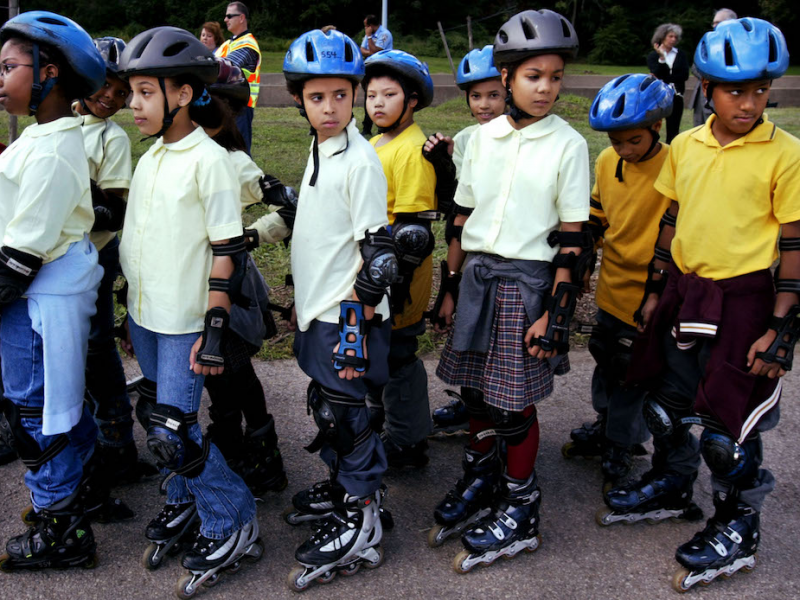
Introduced in: 1980
Company: Nordica
What its supposed to be called: Inline skates
The history of Rollerblades dates back to 1980, when two hockey-playing brothers from Minnesota discovered an inline skate at a sporting goods store and decided it would make a useful off-season training tool.
The pair founded Rollerblade, Inc., and for a while were the only mass manufacturers of inline skates. The brand name Rollerblade has switched between companies since they were first introduced, but it remains protected by trademark.
Velcro
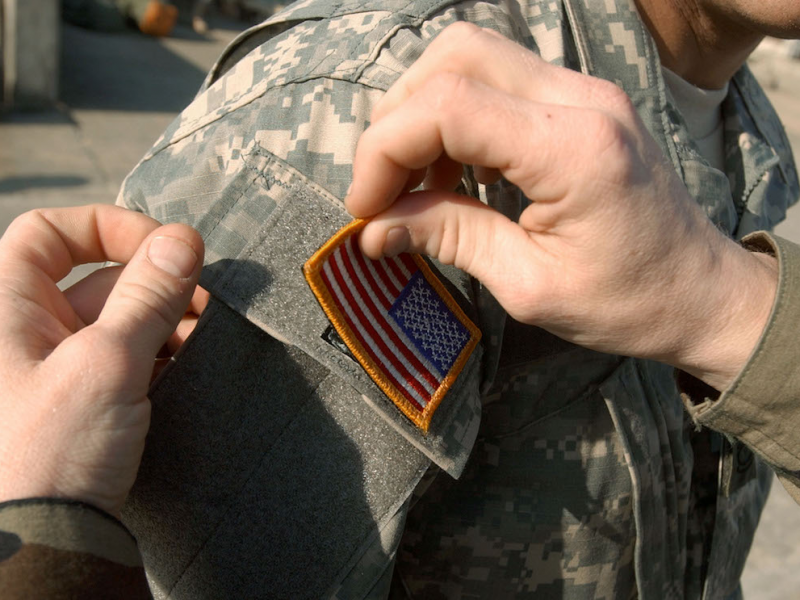
Introduced in: 1955
Company: Velcro
What it's supposed to be called: Hook-and-loop fasteners
Swiss engineer Georges de Mestral invented his hook-and-loop fastening technology in 1941, and in 1955 patented it under the name Velcro: a combination of "velour" and "crochet." Perhaps Velcro has become a generic name not only because it is an everyday household item, but because it would be difficult to come up with an alternative.
Plexiglass

Introduced in: 1936
Company: Rohm and Haas
What it's supposed to be called: Moldable plastic, polymethyl methacrylate
Otto Rohm patented Plexiglas just in time for it to be utilized in World War II; glass was replaced in military aircrafts with these shatterproof sheets of plastic. Know anyone who wears dentures or custom orthotics? They can thank Rohm and Haas for their medical devices.
Though other moldable plastics have been derived since this patent was issued, there is still only one patented Plexiglas.
Ping Pong

Introduced in: 1901
Company: Jaques & Son
What it's supposed to be called: Table tennis
Ping pong served as a nickname for table tennis since the late 1800s (along with its other nickname, wiff waff), but UK manufacturer Jaques & Son trademarked it after the turn of the century. It would later sell the rights to big-time toy company Parker Brothers, which popularized the name in the US.
Zipper
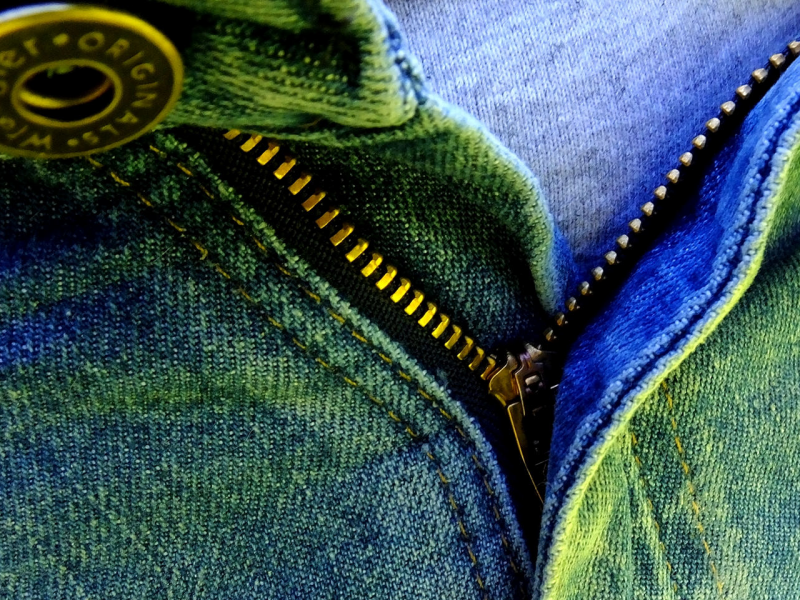
Introduced in: 1917
Company: Universal Fastener Company
What it's supposed to be called: Separable fastener
The zipper of 2012 is nearly identical to the zipper patented by Gideon Sundback in 1917. Used in everything from blue jeans to backpacks, suitcases to spacesuits, the zipper and its name have withstood the test of time, though it has since been officially declared generic.
Band-Aid

Introduced in: 1920
Company: Johnson & Johnson
What it's supposed to be called: Adhesive bandage
The Band-Aid was initially met with resistance; according to the Band-Aid website, the original adhesives were manufactured by hand and garnered only $3,000 in revenue its first year on the market. Yet, by 2001, the company reached an impressive milestone of having manufacturing 100 billion Band-Aids.
Xerox

Introduced in: 1938
Company: Xerox
What it's supposed to be called: Copy machine, photocopier
According to Xerox, the first xerographic copy was made in a makeshift laboratory in Astoria, Queens on October 22, 1938. 70-plus years later, trillions of pages have been copied, as college students and interns can attest.
Xerox tried its best to fight the genericization of its name, publishing a series of ads urging people to remember the trademark. One such ad poked fun at another company that fell victim to genericization: "When you use 'xerox' the way you use 'aspirin,' we get a headache," the ad said.
Crock-Pot

Introduced in: 1972
Company: Sunbeam Products
What its supposed to be called: Slow cooker
Originally a brand name held by the Rival Company, "crock pot" is often used to refer to any slow-cooking appliance. The "crock" in the brand's name refers to a type of pottery used for food and water.
Jet Ski

Introduced in: 1973
Company: Kawasaki
What its supposed to be called: Stand-up personal watercraft
Kawasaki may be losing the battle on its iconic Jet Ski brand name. Introduced in the early 1970s, Jet Ski quickly became the go-to word for any type of stand-up personal watercraft. Kawasaki maintains the trademark today.
Pogo stick

Introduced in: 1920
Company: Max Pohlig and Ernst Gottschall (inventors)
What it's supposed to be called: Spring stilts, hopping vehicle
Pogo sticks may have declined in popularity since their heyday in the 1970s, but these springboards have held onto their original moniker, a combination of Pohlig and Gottschall's surnames.
Coke

Introduced in: 1886
Company: Coca-Cola
What its supposed to be called: Soft drink, carbonated beverage, soda, pop, and other regional names
Coca-Cola was invented in 1886, and by 1909, people were referring to it by the nickname "Coke." Coca-Cola originally discouraged the nickname, but eventually accepted the practice, and in 1941 it launched an ad campaign connecting "Coke" with the Coca-Cola brand.
Despite Coca-Cola owning the trademark to the name Coke, in some parts of the United States Coke is used as a generic term for any kind of carbonated beverage. It's especially common in the South, while other regions of the country mostly stick with "soda" or "pop."
Teleprompter

Introduced in: 1949
Company: TelePrompTer Corporation
What its supposed to be called: Prompting device, automatic prompting device
The original teleprompter was invented by engineer and television researcher Hubert Schlafly in 1949, and included belts, pulleys, and a motor that would turn a scroll of butcher paper with actors' lines on it. Schlafly cofounded the TelePromTer Corporation after his own employer, 20th Century Fox, rejected the idea.
Eventually, the use of teleprompters expanded beyond TV sets and into newsrooms and even presidential campaigns. The TelePrompTer was sold to Westinghouse in the 1970s, and the term teleprompter is now used generically.
Post-It Note

Introduced in: 1974
Company: 3M
What its supposed to be called: sticky note, repositionable note
Post-It Notes were invented - by accident - by a 3M scientist in 1974 and were branded with their famous name in 1979. They quickly became a deskside staple for millions of students and office workers around the world.
Not only is Post-It a registered trademark, but the distinctive yellow color, Canary Yellow, belongs to 3M, too.
Q-tips

Introduced in: 1926
Company: Unilever
What its supposed to be called: cotton swab
Leo Gerstenzang conceived of the idea for Q-tips after observing his wife applying wads of cotton to toothpicks so she could clean hard-to-reach areas. His Q-tips Company was eventually acquired by Unilever, who holds the trademark to the name to this day.
This is an updated version of an article originally by Danielle Schlanger and Kim Bhasin.

